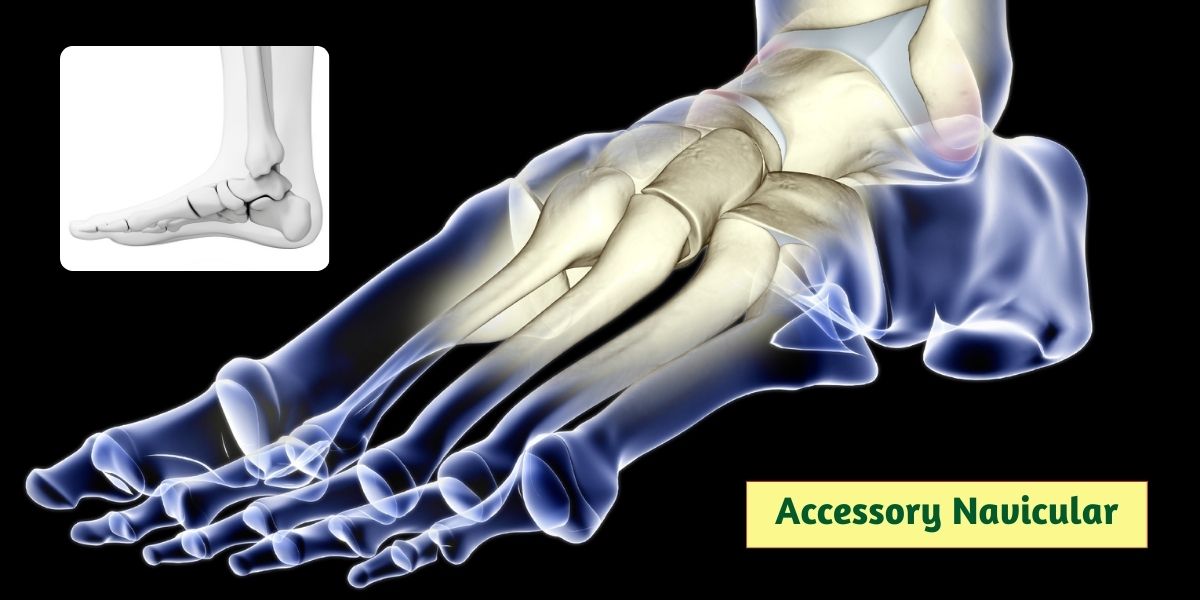Accessory navicular is a condition that involves an extra bone or piece of cartilage in the arch of the foot. This condition can lead to discomfort, pain, and limited mobility. Understanding the symptoms, causes, and treatment options for accessory navicular is essential for managing this condition effectively.
Symptoms of Accessory Navicular
- Pain and Tenderness – Individuals with accessory navicular often experience pain and tenderness in the midfoot area.
- Swelling – Swelling around the navicular bone can be a common symptom of this condition.
- Redness and Warmth – The affected area may appear red and feel warm to the touch.
- Difficulty Wearing Shoes – Discomfort and pain can make it challenging to wear certain types of shoes.
- Limited Mobility – Accessory navicular can restrict movement and flexibility in the foot.
Causes of Accessory Navicular
- Genetics – Some individuals may inherit this extra bone or piece of cartilage, making them more prone to accessory navicular.
- Overuse or Injury – Repetitive stress or injury to the foot can contribute to the development of this condition.
- Abnormal Foot Structure – Certain foot structures can increase the likelihood of accessory navicular formation.
- Biomechanical Issues – Issues with foot mechanics can also play a role in the development of this condition.
Treatment Options for Accessory Navicular
Conservative Treatments
- Rest and Ice – Resting the foot and applying ice can help reduce pain and inflammation.
- Orthotic Devices – Custom orthotics can provide support and relieve pressure on the affected area.
- Physical Therapy – Exercises to strengthen the foot and improve mobility may be recommended.
Medical Interventions
- Medication – Nonsteroidal anti-inflammatory drugs (NSAIDs) can help manage pain and inflammation.
- Immobilization – Using a cast or boot may be necessary to allow the foot to heal.
- Surgery – In severe cases or when conservative treatments fail, surgical removal of the accessory bone may be considered.
Understanding the symptoms, causes, and treatment options for accessory navicular is crucial for individuals dealing with this condition. By recognizing the signs early and seeking appropriate medical care, individuals can effectively manage and alleviate the discomfort associated with accessory navicular. If you suspect you have symptoms of accessory navicular, consult with a healthcare professional for a proper diagnosis and treatment plan. For more information and consultation Consult Dr. Chetan Oswal At Orthowin Clinic, Pune.
FAQ’s
What are the common symptoms of accessory navicular?
Answer: Common symptoms include pain, tenderness, swelling, redness, difficulty wearing shoes, and limited mobility in the midfoot area.
What are the typical causes of accessory navicular?
Answer: Causes may include genetics, overuse or injury, abnormal foot structure, and biomechanical issues contributing to the development of this condition.
What are the treatment options for accessory navicular?
Answer: Treatment options range from conservative measures like rest, ice, orthotic devices, and physical therapy to medical interventions such as medication, immobilization, and in severe cases, surgical removal of the accessory bone.





